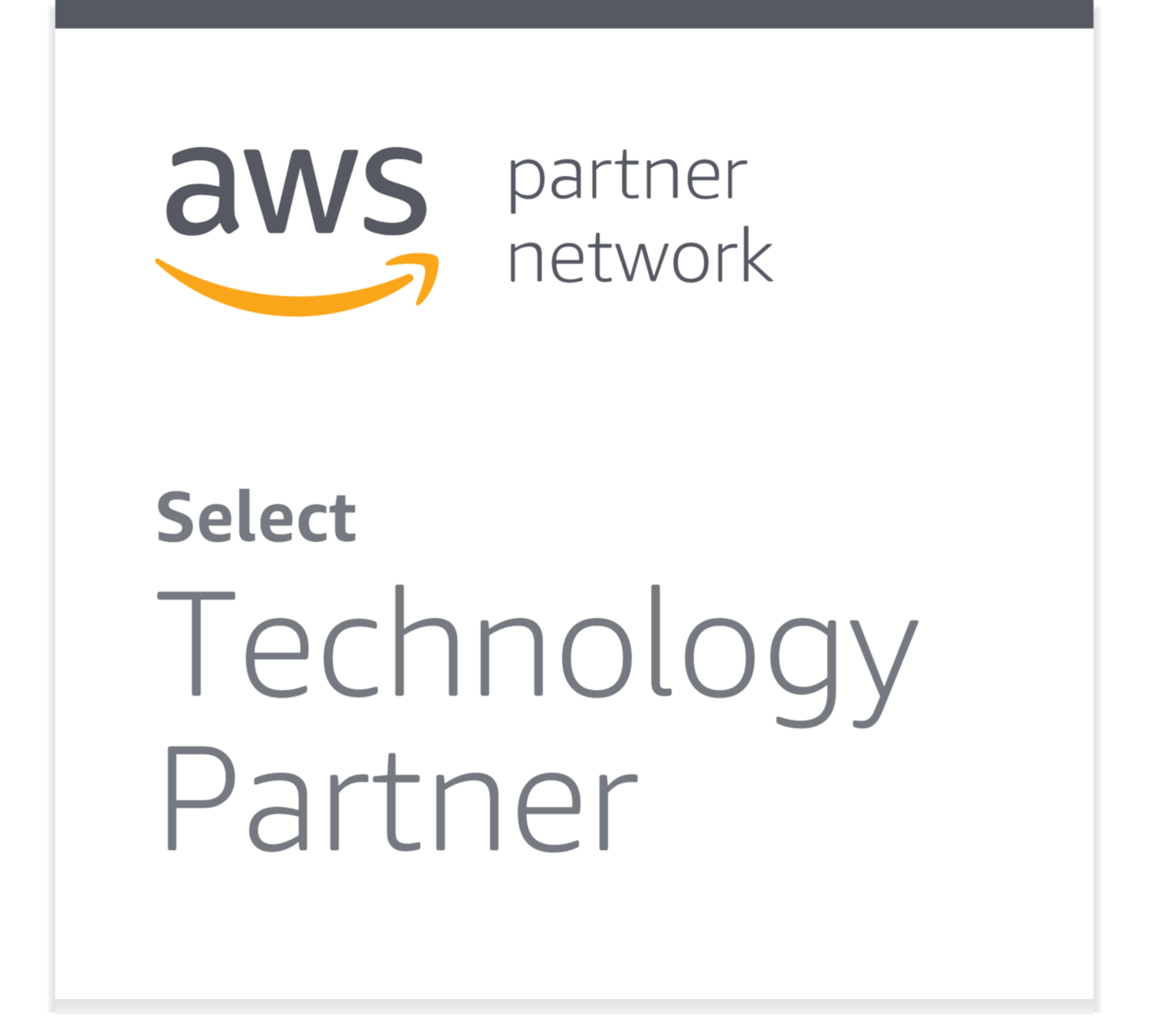
Congratulations! You've finally made it. While most of those who work in the financial sector, or any sector for that matter, have chosen to hold millennials in contempt, you have become part of the growing movement that recognizes the potential of the millennial market.
Let's define what a millennial is so we can all be on the same page. It was in 1987 that authors William Strauss and Neil Howe coined the term "Millennial" for those born from 1982 onwards and identified their prospective link to the new millennium as they become graduates in the year 2000.The term is also widely used for those who were born up to 2000 and are characterized by increased use and familiarity with communications, media and digital technologies. This means they are roughly 17-35 year-old adults that are either starting out their career or are on the brink of it and this time presents an opportunity for banks to be the first or early financial partner for them.
So let’s discuss the many ways on how you can increase millennial market share for your bank:
1. Be less of an "institution". Be more like their "friends"
According to a Pew Research Centre report in 2014, Millennials in Adulthood: Detached from Institutions, Networked with Friends, millennials have tendencies to shy away from organized institutions, bureaucracy, conservatism - ideas that are closely associated with banks. Of course, financial institutions had to project this image in the past as it represented stability which then translated to trust. However, millennials today see institutionalism as too exclusive. Trust for them comes from being accessible, easy to communicate with and someone with whom can build rapport with even without personal, face-to-face interaction.
Imagine, however, if you can replicate the same level of personalized service in one of your branches on the internet. You can use your online channels - website, online banking portal, social media to deliver the same services that they could take advantage of if they queued up in one of your branches. This concept should bleed over to how your financial institution does business. Just merely putting a chat box in your website isn't enough. To go more into detail…
2. Start with your website: Are you "supportive" enough?
By now, self-service style online banking should be a standard. I would assume that you have an online portal where you offer online banking services. This is a great step but you also need to consider that self-service banking might put off some customers who are confused by certain steps in the procedure or have questions at various stages of the process. You need to be able to provide valuable personalized support and not just an F.A.Q. page and an email address for further questions.
Think about an on-demand chat with one of your representatives. Or maybe do one better with video chat so they can communicate better. Your representatives can show computations through video chat or simply provide a more personalized mode of communication. Aside from making sure there's adequate support for your website or online web portal, have you ever thought about...
3. Bringing your interaction to mobiles?
One way millennials can differentiate friends from institutions they have to deal with is that friends are more likely to be in someone they have a chat thread with in their mobile phones. Institutions are too stuck up to be able to chat with them, and so this is where the opportunity to build trust is missed.
Chatting is the most convenient form of communication for millennials. It gives immediate answers and the most convenient form of interaction while not requiring face-to-face contact. Combine that ability along with being on their mobile phones through apps, and that makes you a lot more trustworthy in the eyes of your millennial customers a lot more than other institutional banks.
Conclusion
Make no mistake, banks have always tried to meet its customers' needs. However, the rate of change has been increasing and it's no surprise that many industries are forced to play catch-up rather than preemptively make changes that could eventually benefit them in the future.
It's not really that different when banks decided it was time to roll out ATM machines to provide on-the-go banking in the 80s to a more fast-moving people. Banks were just addressing the needs of a changing society. Today, that market is evolving towards including more millennials, and changes have to be made if you want to successfully increase millennial market share.
Do you want to know more?
Follow Us:



